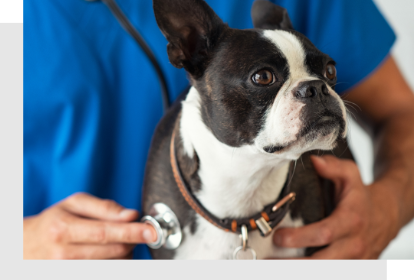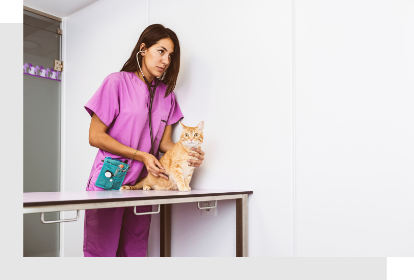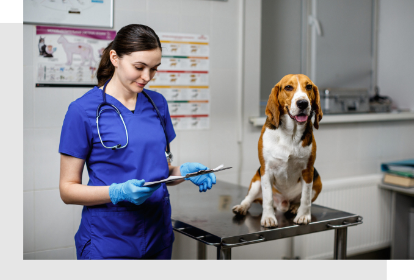The cost-of-living crisis and its impact on veterinary practice.
PART I.

It’s clear that the cost-of-living crisis is affecting us all. Fifty-two percent of American adults say they are worse off financially than they were a year ago, according to a survey conducted for The New York Times. That was up from 41 percent in April and was by far the highest share in the survey’s five years. Similar increases have been seen across many other countries. In France, there are now a million more people that are considered poor than 10 years ago.
It has also been frequently mentioned that the veterinary sector is recession proof but recent data from our surveys has highlighted some worrying trends that may force the sector to change and adapt.
On the one hand, our data shows that veterinarians are not as well off financially as they were in 2016. We’ve seen a drop of 8% in the numbers of French vets indicating they were better off financially this year as compared to 2016, while in the US the drop has been 4%. We also know that mainly owners/partners have benefitted from the increased post-pandemic demand in veterinary services whilst most employed vets have seen no improvement at all (despite their ever-increasing hours and burnout).
How the economic climate has affected veterinary businesses in the US and FR in 2016 and 2021.
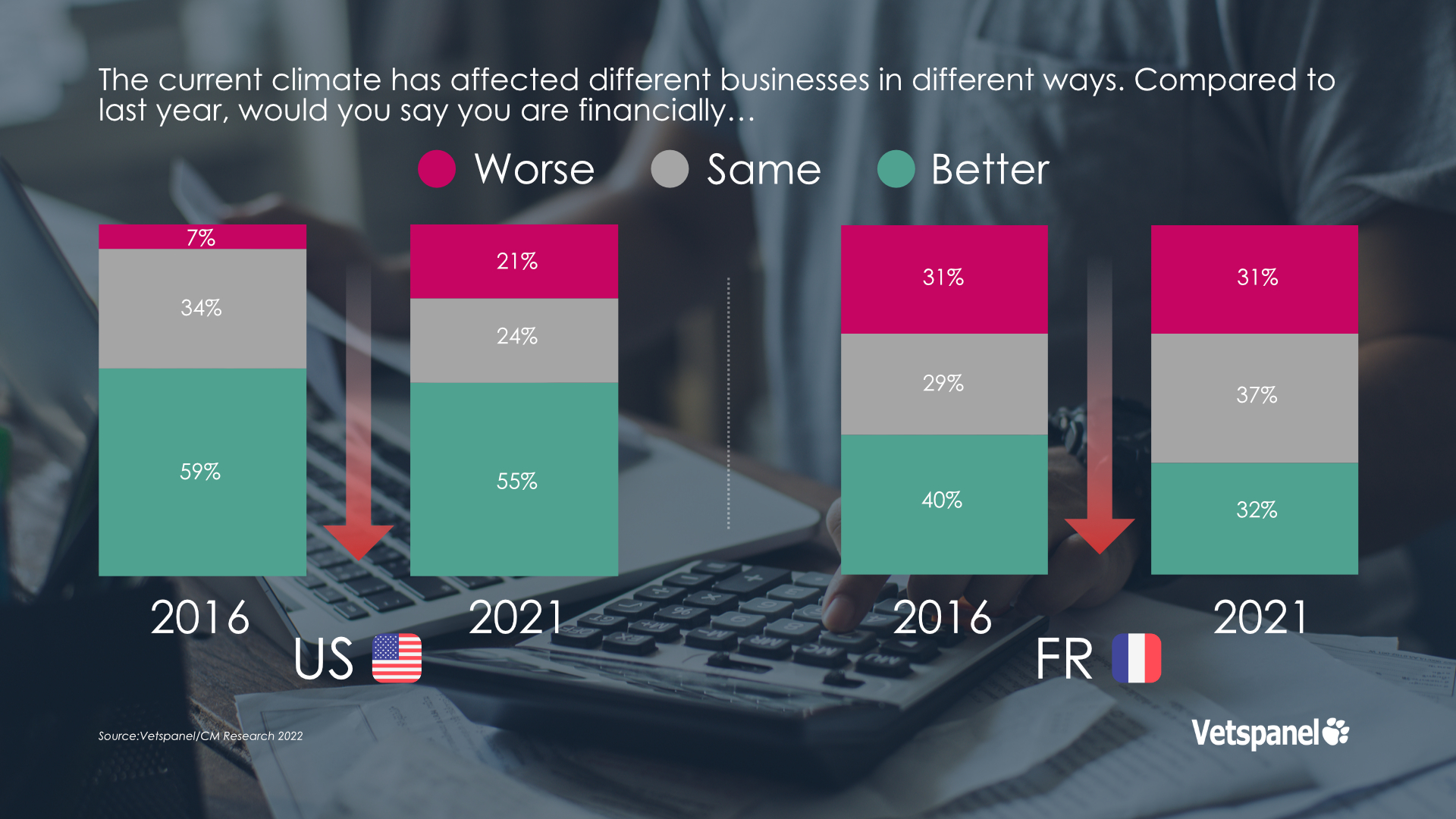
But more worrying is the increase in pet owners that are struggling to pay their veterinary bills (see chart below). In the US now over a third of pet owners are struggling to pay their veterinary bills and it’s higher in rural areas (where there is more poverty). In France the issue is not as large as in the US but it has seen a dramatic increase. Now, one in five pet owners struggle to pay their bills, and more likely so if they are in the inner cities. There is also evidence that employed vets are more likely to identify a pet owner that is struggling financially, potentially suggesting that they have more frank and honest discussions with their patients.
But what does all this mean? If the trend continues there will be increased demand to find alternative/cheaper treatment options. This will benefit sales of generics. Other consequences may include pet owners simply putting off going to the vet, or looking for alternatives, such as charities or the Internet. In the worse case they may choose early euthanasia.
In any case, what is clear is that the veterinary sector has never been under such strain from internal issues like recruitment, burn out, stress to the external one of pet owners not being able to afford care.
Percentage of veterinary clients struggling to pay their bills in the US and FR during 2015 and 2022.
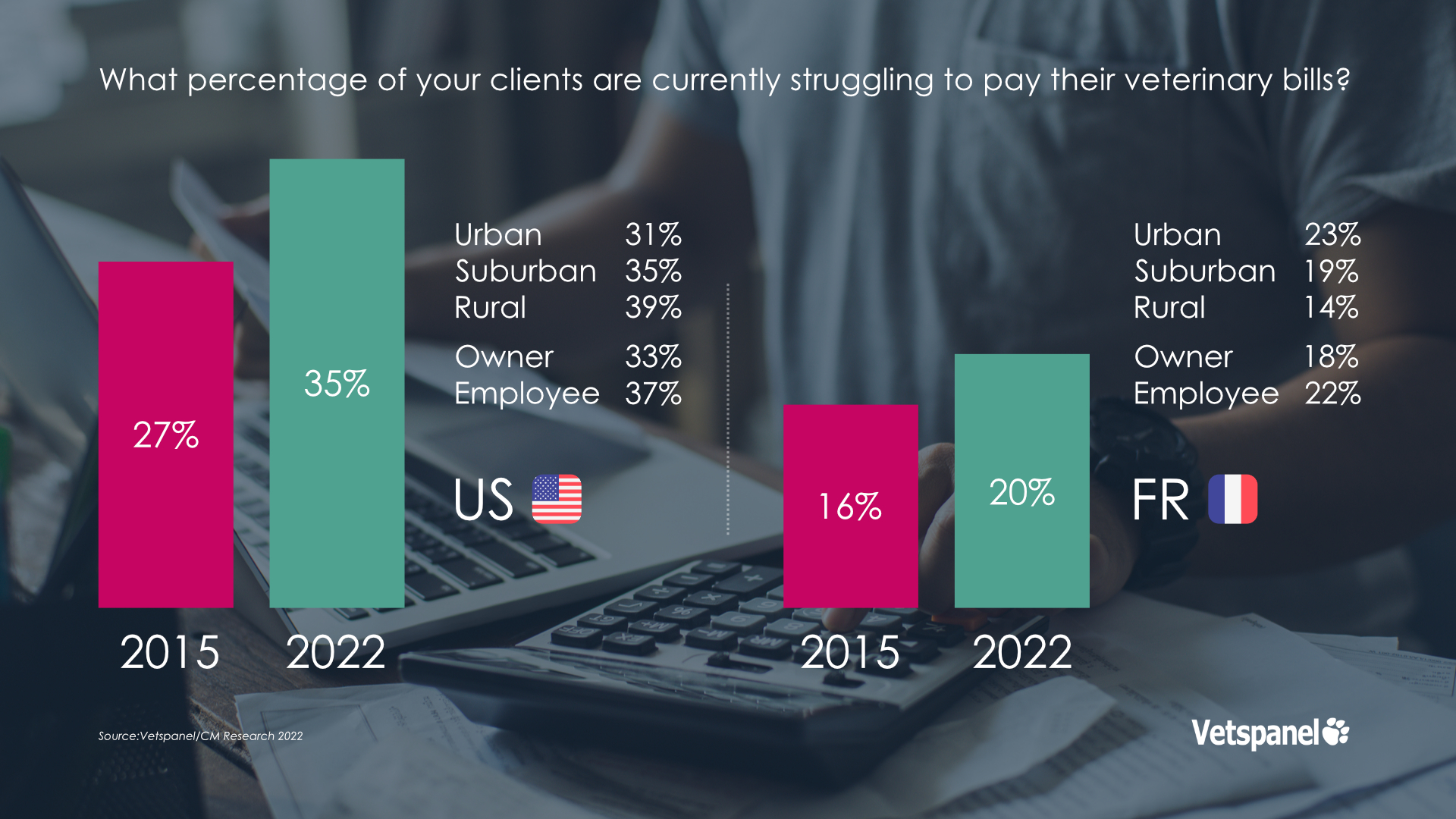
In Part 2 we’ll look at what strategies veterinarians are taking to deal with pet owners that can’t afford treatment. Do they refer them to a charity practice, offer them the best alternative treatment or, payment plan, “used” medication, just give them a discount, or something else? (and it’s not offering them free bills or treatments)
Related Blogs
January 23, 2022
COVID-19 Global Pandemic impact on the veterinary market. VetsSurvey 2020 – Part 1
0 Comments1 Minutes
October 21, 2021
Veterinary nurses overlooked as petition calls for better understanding
0 Comments4 Minutes
August 12, 2021
Pandemic delay in vaccination and check-ups a danger as parvovirus numbers rise
0 Comments4 Minutes


